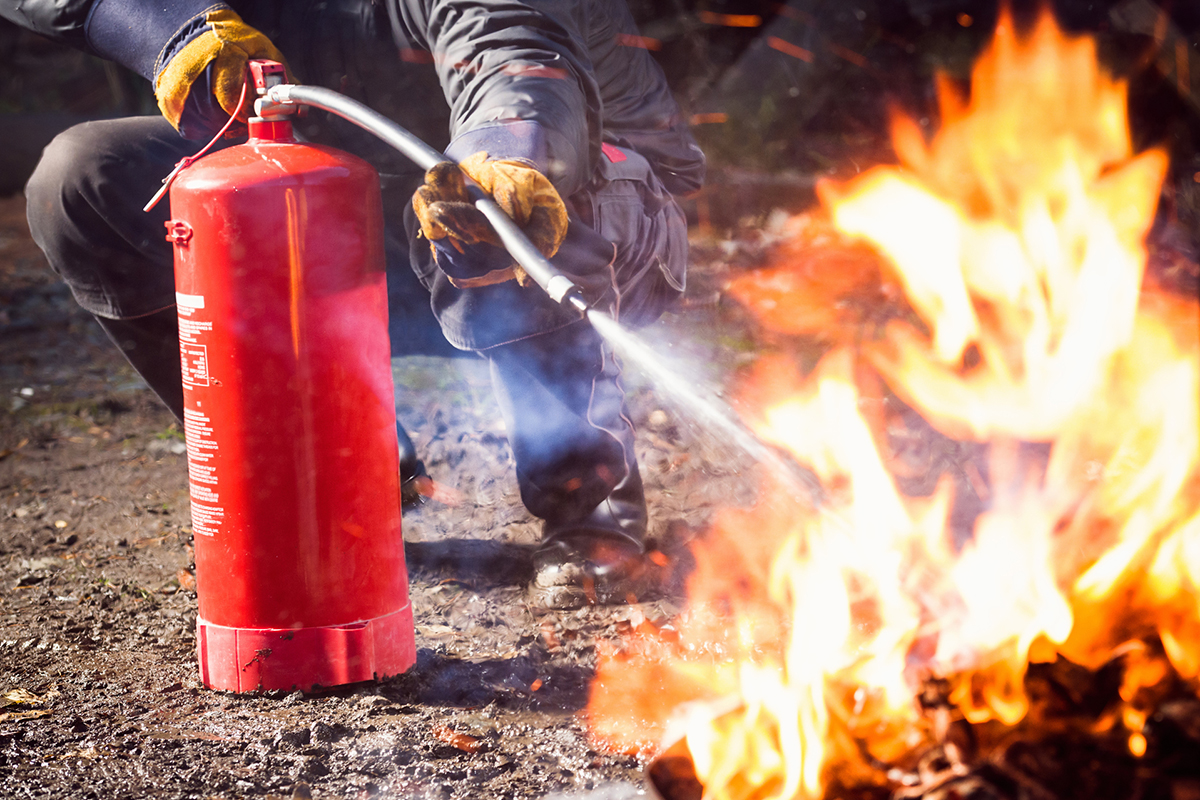Government plans to include ‘desktop studies’ in official guidance for first time
The government plans to redraft official building regulations guidance to include new rules on a controversial means of clearing combustible materials for use on high rises without testing.
The Ministry of Housing, Communities and Local Government (MHCLG) intends to consult on changes to Approved Document B – the fire safety guidance that is intended to help the construction industry meet the building regulations.
It is understood these changes will involve the inclusion of guidance on the use of ‘desktop studies’, which are not currently provided for in the guidance.
Currently, building regulations demand combustible materials must pass large-scale tests if they are to be used in insulation on high rises.
But since 2014, the industry has been bypassing the need to pay for tests by using desktop studies, which examine previous test data to clear systems for use.
In a letter sent yesterday, the MHCLG said it intended to “revise the wording” of desktop studies in Approved Document B. However, it is not clear what it means by this as there is currently no mention of desktop studies in the guidance.
An MHCLG source said the changes would include revising the document to include guidance on the use of desktop studies.
Were this to permit their use for combustible materials, it would represent a significant weakening of official restrictions on the use of combustible material on high-rise buildings.
A Local Government Association (LGA) spokesperson said it is “not enough to just reword the guidance” around desktop studies.
He added: “While we need to make it clear that reliance on desktop studies is no longer acceptable, the relevant sections in Approved Document B must as a minimum make it clear that all the material in cladding systems should be non-combustible, or have passed a robust full-scale fire safety test.”
“However, we remain unconvinced that the BS8414 test is robust, given the admissions over previous tests made by the BRE and Celotex made last month.”
In its submission to the Hackitt Review the LGA said: “[Desktop studies] are a matter of judgement and cannot be verified by building control… A number of cladding systems which have been used on tall buildings have proved not to meet the required standard. This raises serious questions about the appropriateness of a route to compliance which does not depend on an actual fire test.”
The Hackitt Review’s interim report said the government should “significantly restrict” the use of desktop studies to approve changes to cladding and other systems “to ensure that they are only used where appropriate and with sufficient, relevant test evidence”.
Inside Housing revealed today that giant insulation company Kingspan has been following a “strategy” to “support the use of desktop studies”.
In its submission to the Hackitt Review, it called for desktop studies to be retained but with reforms such as a standard methodology.
The process of desktop studies was introduced by Building Control Authority guidance in 2014. In 2015, further guidance was issued to require only a “suitably qualified professional” rather than an accredited laboratory to carry them out.
The second change the government proposes is to “clarify” the whole Approved Document B “so it is easier to use”. This comes five years after the Lakanal House coroner recommended the government simplified the guidance, describing it as “a most difficult document to use”.
Never Again campaign
Inside Housing has launched a campaign to improve fire safety following the Grenfell Tower fire
Never Again: campaign asks
Inside Housing is calling for immediate action to implement the learning from the Lakanal House fire, and a commitment to act – without delay – on learning from the Grenfell Tower tragedy as it becomes available.
LANDLORDS
- Take immediate action to check cladding and external panels on tower blocks and take prompt, appropriate action to remedy any problems
- Update risk assessments using an appropriate, qualified expert.
- Commit to renewing assessments annually and after major repair or cladding work is carried out
- Review and update evacuation policies and ‘stay put’ advice in light of risk assessments, and communicate clearly to residents
GOVERNMENT
- Provide urgent advice on the installation and upkeep of external insulation
- Update and clarify building regulations immediately – with a commitment to update if additional learning emerges at a later date from the Grenfell inquiry
- Fund the retrofitting of sprinkler systems in all tower blocks across the UK (except where there are specific structural reasons not to do so)
We will submit evidence from our research to the Grenfell public inquiry.
The inquiry should look at why opportunities to implement learning that could have prevented the fire were missed, in order to ensure similar opportunities are acted on in the future.
The Hackitt Review
Photo: Tom Pilston/Eyevine
Dame Judith Hackitt’s (above) interim report on building safety, released in December 2017, was scathing about some of the industry’s practices.
Although the full report is not due to be published until later this year, the former Health and Safety Executive chair has already highlighted a culture of cost-cutting and is likely to call for a radical overhaul of current regulations in an interim report.
Dame Hackitt’s key recommendations and conclusions include:
- A call for the simplification of building regulations and guidelines to prevent misapplication
- Clarification of roles and responsibilities in the construction industry
- Giving those who commission, design and construct buildings primary responsibility that they are fit for purpose
- Greater scope for residents to raise concerns
- A formal accreditation system for anyone involved in fire prevention on high-rise blocks
- A stronger enforcement regime backed up with powerful sanctions















